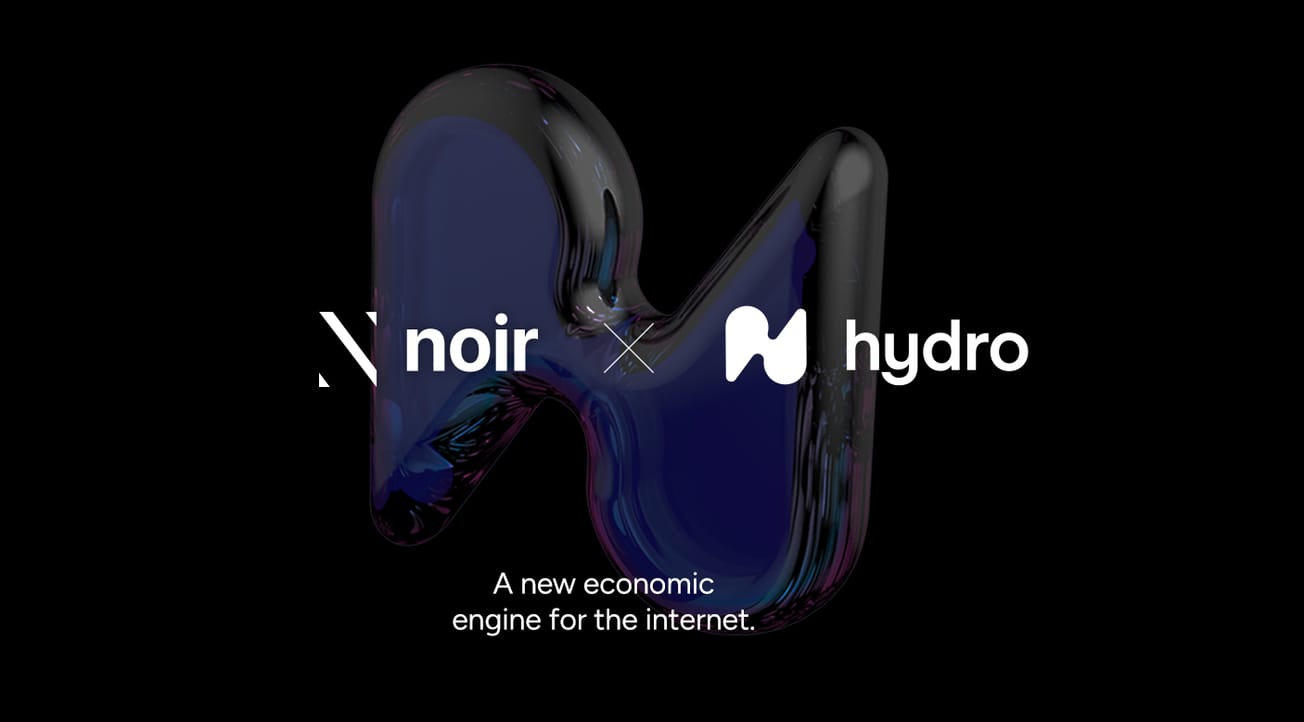Virtual reality (VR) technology continues to find new applications in different fields, including in therapy and medicine. A potential new use for VR could be in reducing the need for anesthesia during surgery, minimizing possible complications for patients.
Reducing Risks with Virtual Reality
VR is already being put to use in anatomy, as well as medicine and pharmaceuticals. Making use of the immersive tech of AR and VR, medical students have been able to improve their knowledge retention, and anxious patients can virtually visit their practitioners from the comforts of their own home. In latest developments, VR might also alleviate the need for anesthesia in surgery.
Anesthesia is an essential part of modern surgery, as it helps to control pain and discomfort during dangerous and painful procedures. However, there are several serious drawbacks to using anesthesia, including the risk of side effects, such as allergic reactions, and the potential for complications like blood pressure increasing and breathing problems.
To overcome these challenges, some medical professionals are now exploring the use of VR technology to alleviate the need for anesthesia during surgery. Patients can don a VR headset to be fully immersed in a virtual environment, helping to distract them from the pain and discomfort.
Immersion as a Form of Pain Suppression
When paired with local anesthetic, complications can be reduced while patients can still report on discomfort, pain, or any issues that might arise. This can be especially useful in procedures that require the patient to be awake, such as those involving the face or neck. It would also reduce stress and anxiety, helping those with medical fears.
In addition to its use in reducing the need for anesthesia, VR technology is also being explored as a means of providing pain relief post procedure. By using VR to create a distraction, patients can be less aware of the pain and discomfort, reducing the need for pain medication, which can have side effects as well as being addictive—especially important in the midst of an opioid epidemic in the US.
Overall, the use of VR technology in surgery has the potential to provide a safer, more comfortable experience for patients. By reducing the need for anesthesia and providing pain relief, VR can help to make surgery a less daunting and more manageable experience. As VR technology continues to develop, we can expect to see even more applications in the field of healthcare.










